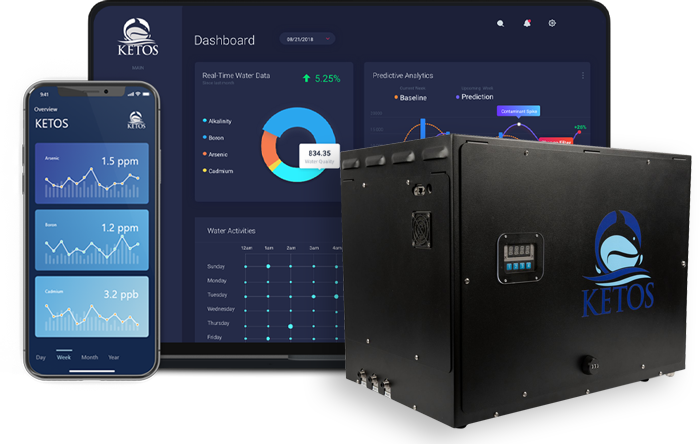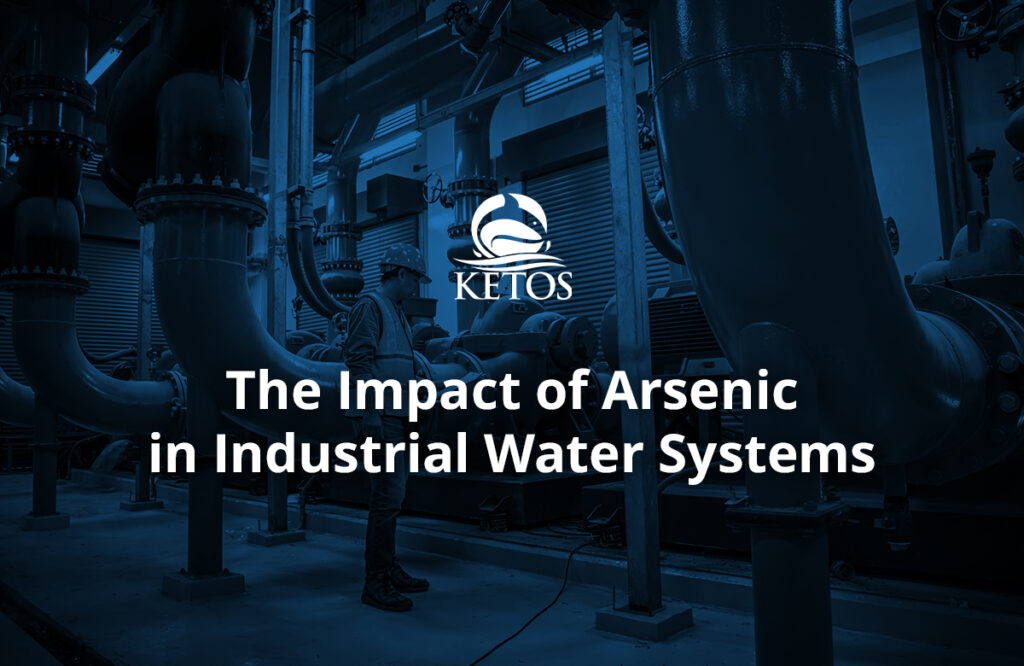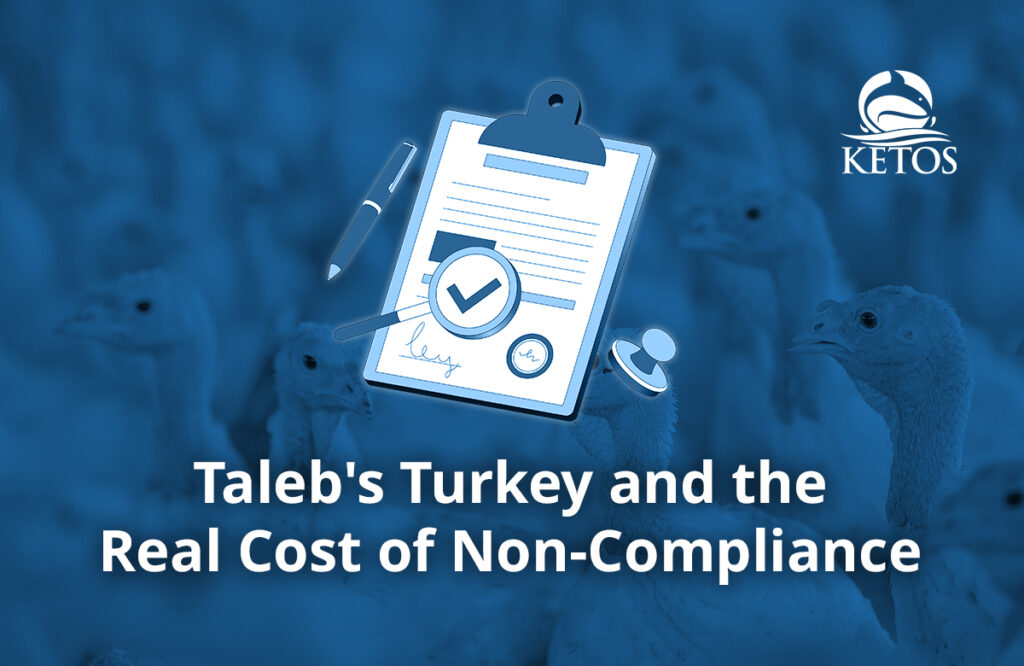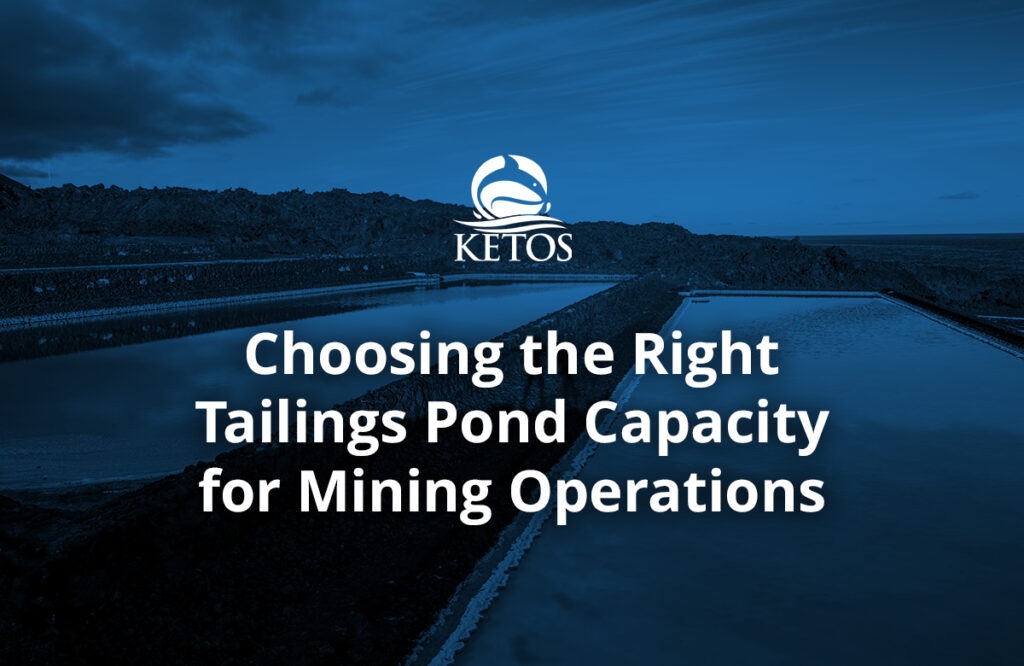KETOS has a new platform called KETOS PRISM. Available on the Databricks Marketplace, PRISM is an environmental intelligence tool that sources, aggregates, and analyzes publicly available environmental data from various sources, including the EPA, USGS, NOAA, NASA, and more.
KETOS PRISM is designed to help researchers, pre-development construction teams, engineers, public policy offices, and law firms quickly find the latest environmental data based on geographic location. One such area of high interest for many is PFAS insights, and, using PRISM, KETOS researchers have been able to delve into PFAS in the US to uncover contamination concentrations and implications for public health and policy officials.
This is part one of a multi-part series on PFAS in the US based on our latest comprehensive report PFAS Contamination in the US. You can view a sample report, or gain access to the full report and dataset plus out PFAS Proximity Finder tool here.
PFAS (Per- and Polyfluoroalkyl Substances) are a group of man-made chemicals widely used since the 1940s across various industries. Highly valued for their water- and stain-resistant properties, PFAS is traditionally found in products like non-stick cookware, water-repellent clothing, food packaging, and firefighting foams. Unfortunately, PFAS does not break down easily in the environment or the human body, which has earned them the nickname “Forever Chemicals.” These chemicals can accumulate in humans, animals, and waterways over time, leading to potential health risks.
The Different Types of PFAS in the US
PFAS in the US encompasses thousands of chemicals. They are grouped into two main categories based on their chemical structure: long-chain and short-chain PFAS. Some of the most commonly studied types include:
Long-Chain PFAS:
- PFOA (perfluorooctanoic acid): Used in non-stick cookware, waterproof clothing, and firefighting foams. It’s one of the most well-known PFAS due to its persistence in the environment and its links to health issues.
- PFOS (perfluorooctanesulfonic acid): Used in stain-resistant fabrics, food packaging, and firefighting foams. Like PFOA, PFOS is persistent and toxic.
- PFNA (perfluorononanoic acid): Similar to PFOA, it’s used in various industrial applications and associated with developmental and immune system effects.
- PFHxS (perfluorohexanesulfonic acid): Found in firefighting foams and stain-resistant fabrics. It’s also known for being persistent and bioaccumulative.
Short-Chain PFAS:
- PFBS (perfluorobutanesulfonic acid): A replacement for PFOS in some applications. It’s less bioaccumulative than long-chain PFAS but still persistent in the environment.
- GenX (HFPO-DA or hexafluoropropyleneoxidedimer acid): A replacement for PFOA used in manufacturing non-stick coatings. While it’s less persistent than PFOA, it’s still a concern due to its toxicity.
- PFBA (perfluorobutanoic acid): Another short-chain PFAS used as a replacement for longer-chain variants, but still persistent and potentially harmful.
Other Notable PFAS:
- FOSA (perfluorooctanesulfonamide): A precursor to PFOS, used in various industrial applications.
- FTOHs (fluorotelomer alcohols): Used in coatings for textiles and paper products. They can break down into other PFAS over time.
While long-chain PFAS tend to be more bioaccumulative and have stronger links to adverse health effects (and are generally more persistent in the environment), short-chain PFAS were developed as replacements for long-chain PFAS, and are less likely to accumulate in the body. However, they still pose environmental and health concerns due to their persistence and potential toxicity.
The Various Risks of PFAS Exposure
PFAS exposure poses several significant health and environmental risks. Due to their persistence, these chemicals can accumulate in the human body and the environment, leading to long-term consequences. Here are the primary risks associated with PFAS exposure:
Health Risks Associated With PFAS in the US
Humans exposed to PFAS may face a variety of health risks. These vary and are just starting to be understood. The list of risks to human health include:
- Cancer: PFAS exposure is linked to an increased risk of cancers, particularly kidney and testicular cancer. Long-term exposure to high levels of PFOA and PFOS is strongly associated with these cancers.
- Developmental Issues: PFAS in the US can affect fetal development during pregnancy, leading to low birth weight, premature birth, and developmental delays in infants. The e effects can have lasting impacts on a child’s health.
- Immune System Effects: PFAS exposure may weaken immune systems in humans, making it difficult for individuals to fight infections or respond effectively to vaccines.
- Hormonal Disruption: PFAS can interfere with the regulation of hormones, particularly thyroid hormones, leading to thyroid disease and other endocrine disorders.
- Liver Damage: Studies have shown that PFAS exposure may cause elevated liver enzymes, liver damage and increases the risk of liver disease.
- Cholesterol Levels: PFAS exposure is associated with increased cholesterol levels. Heightened cholesterol can lead to cardiovascular issues such as heart disease.
- Reproductive Health: PFAS in the US may affect male and female reproductive health and fertility, potentially leading to complications in pregnancy and reduced fertility rates.
Environmental Risks Associated With PFAS
PFAS isn’t just bad news for the health of humans. It can affect wildlife, waterways, and ecosystems in a variety of concerning ways:
- Persistence and Bioaccumulation: PFAS are highly resistant to degradation, meaning they remain in the environment indefinitely. They can accumulate in soil, water, and living organisms, leading to widespread contamination.
- Water Contamination: PFAS in the US appears in drinking water sources from widespread use in industrial processes and firefighting foams. Contaminated water can lead to exposure in both humans and wildlife.
- Wildlife Impact: PFAS can accumulate in animals, particularly those higher up in the food chain, leading to reproductive issues, immune system damage, and other health problems in wildlife.
- Soil Contamination: PFAS can persist in soil, contaminating crops and plants. This can indirectly expose humans and animals through the food chain.
PFAS Regulations and Ongoing Public Pressure
In response to the myriad risks associated with PFAS exposure, the Environmental Protection Agency (EPA) announced new regulations in April 2024 to limit PFAS levels in drinking water. By 029, the goal is to keep PFAS contamination at extremely low levels, with enforceable limits in the parts per trillion (ppt) range. This level of enforceable limit would mean that just a single drop of PFAS in an Olympic-sized swimming pool would be considered unsafe for drinking.
The EPA also monitors unregulated contaminants, including PFAS, through the Unregulated Contaminant Monitoring Rule (UCMR). The latest version, UCMR 5, requires testing for 30 chemical contaminants between 2023 and 2025. As FAS transitions from unregulated to regulated, utilities across the U.S. are working to eliminate these chemicals from public drinking water.
Measuring the Dangers of PFAS in the US
At KETOS, we believe that effective management requires accurate measurement. That’s why we’re analyzing data from the UCMR 5 dataset, focusing on PFAS contamination in U.S. water systems. We’ve enhanced this dataset with additional information, making it a valuable tool for understanding the scope of PFAS contamination.
In our latest report (PFAS Contamination in the United States), we’re digging into insights behind the numbers to help water operators understand how widespread PFAS is and what’s at stake as new regulations enter the scene.
More than 4,600 unique Public Water Supply (PWS) locations were sampled, unveiling findings that revealed widespread contamination. A significant percentage of locations exceeded safety thresholds for PFOS and PFOA and an alarming percentage of these locations had more than one PFAS chemical measured simultaneously.
KETOS PRISM-Powered Report on PFAS in the US
Our deep-dive report into PFAS contamination in the US dives deeper into these high-level findings and provides quantitative insight into aspects of PFAS contamination, such as:
- The precise number of locations sampled and the number of locations with PFOA and PFOS levels above the EPA limit
- The locations where the highest levels of each type of regulated PFAS chemical in the US were measured (and the individual measurements at these locations)
- The geographic distribution of PFAS measurements in the US, including states with the highest PFAS measurement incidences and states with the highest percentage of the population potentially exposed to PFAS
- A detailed statistical analysis of the correlation between industry type and PFAS incidence to determine which industries have the highest correlation to PFAS incidence
In addition, KETOS has also created a free tool called the PFAS Proximity Finder as a Service – (PFaaS) tool, which helps individuals and businesses determine their potential level of PFAS risk based on KETOS research (included in the report).
We encourage interested readers to try the PFaaS tool to estimate their PFAS Risk and to download our full report. The full dataset used in the analysis is also bundled with the report for no extra charge.










